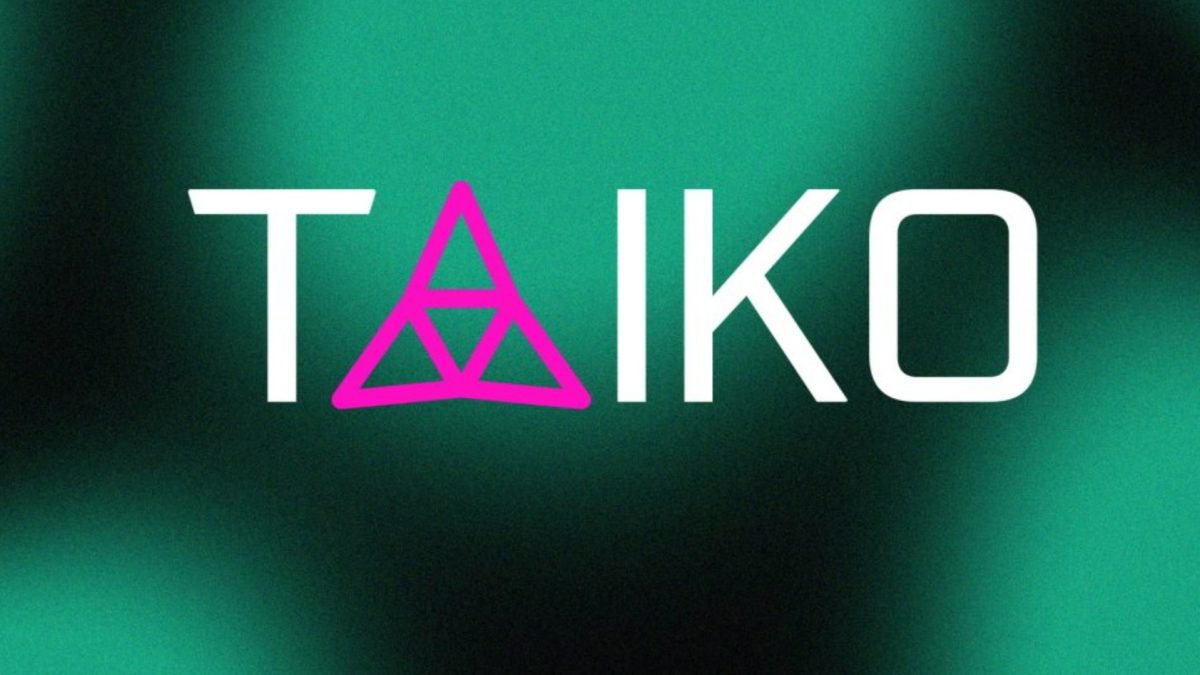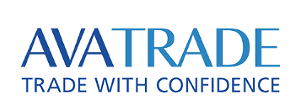Don’t invest unless you’re prepared to lose all the money you invest. This is a high-risk investment and you are unlikely to be protected if something goes wrong. Take 2 minutes to learn more
Base Rollups Overview
Due to Ethereum’s increasing demand, which frequently causes delayed transactions and high fees, scaling up has historically been challenging for ETH. However, the community came up with a rollup-centric way to address these issues, using layer-2 techniques like zk-rollups (zkSync) and optimistic rollups (Arbitrum, OP Mainnet, and Base) to leverage Ethereum’s security while enabling faster, more economical transactions.
However, concerns about liquidity fragmentation across chains and dependence on centralized sequencers remain. Here’s where base rollups are useful. Base rollups, or L1-sequenced rollups, are a type of rollup where the base L1 chain, like Ethereum, manages transaction sequencing directly. They seek to overcome these issues and maintain ecosystem liquidity by tightening their integration with Ethereum’s core infrastructure.
Initially, the idea of having Ethereum directly sequence transactions for multiple rollups appeared to be overly complex and chaotic. Ethereum co-founder Vitalik Buterin described the whole concept as “total anarchy,” pointing out the inefficiencies in the approach in his 2021 article on rollups.
However, by 2023, Ethereum researcher Justin Drake revisited the concept, highlighting the advantages of base rollups. Drake argued that this approach aligns rollups more closely with Ethereum’s decentralized infrastructure, allowing the L1 to handle transaction sequencing via proposers, searchers, and builders. This method reduces reliance on separate security models for each rollup, leveraging Ethereum’s robust security, decentralization, and liveness.
Step-by-Step Process of How Base Rollups Function
Base rollups work by using the base layer like Ethereum for critical functions such as consensus, data availability, and settlement while managing transaction execution independently in contrast to traditional rollups, which rely on a dedicated, centralized sequencer to collect and order user transactions.
This means that user transactions are submitted to block builders who are responsible for both Ethereum and the rollup, ensuring the same level of security and finality as Ethereum itself. Here’s how the key layers in base rollups function:
Execution Layer: This is managed by the rollup itself, where transactions are executed off-chain. The rollup processes transactions efficiently, bundling them together before submitting the results to Ethereum for finality.
Consensus Layer: Instead of relying on separate sequencers like traditional rollups, base rollups use Ethereum’s validators to sequence transactions. This integration with Ethereum’s consensus ensures that transactions are ordered in a decentralized and secure manner, preventing manipulation by centralized entities.
Data Availability Layer: Ethereum is also used to ensure that the transaction data is available for anyone to verify. This guarantees transparency and security, as all the data needed to validate transactions is stored on Ethereum.
Settlement Layer: The final states of transactions processed by the rollup are recorded on Ethereum. This allows the rollup to benefit from Ethereum’s security guarantees when settling transactions, ensuring that the final state is accurately reflected on the blockchain.
Top Projects on Base Rollups
Several projects are emerging to leverage the potential of base rollups, each contributing unique innovations to the Ethereum ecosystem. Here’s an overview of some of the top projects in this space:
Taiko: An Ethereum-equivalent (Type 1) ZK-EVM that maintains maximum compatibility with Ethereum. As a zk-rollup, it leverages zero-knowledge proofs to offer scalability while retaining Ethereum’s decentralization and security. Its design enables developers to build applications seamlessly on top of Ethereum without needing to adapt to new trust models.
KeySpace: Developed by Coinbase, KeySpace is a zk-rollup focused on creating smart wallets that can function across any blockchain. This project aims to make wallets more flexible and user-friendly by allowing cross-chain compatibility, making it easier for users to interact with multiple blockchain ecosystems. This could revolutionize how users manage assets across various chains, driving broader adoption of decentralized finance.
Taiko Gwyneth: A base rollup from the Taiko team, Taiko Gwyneth uses pre-confirmations to achieve synchronous composability with Ethereum. This means it allows transactions on the rollup to be confirmed faster and in sync with Ethereum’s state, enhancing the rollup’s ability to interact seamlessly with Ethereum’s dApps and infrastructure. By leveraging base rollup architecture, Taiko Gwyneth offers a more integrated, efficient scaling solution.
UniFi: Developed by the PufferFi team, UniFi is another base rollup that focuses on improving user experience through pre-confirmations. By pre-confirming transactions, UniFi reduces the time used to wait for transaction finality, offering faster and more reliable interactions with decentralized applications. This makes UniFi an attractive option for developers and users looking for a smoother Ethereum-base experience.
Spire: Built by Spire Labs, Spire is a framework designed for developers who want to create app-base appchains on Ethereum. Spire allows developers to build highly scalable applications by taking advantage of base rollup infrastructure, which integrates deeply with Ethereum’s core layers. This framework empowers developers to construct custom appchains that inherit Ethereum’s security and decentralization while enabling them to tailor the appchain’s functionality to specific use cases.
These projects showcase the versatility of base rollups, from zk-rollup implementations to frameworks for building appchains, all aimed at enhancing Ethereum’s scalability, security, and user experience.
Conclusion
Base rollups present a promising solution for scaling Ethereum, offering several advantages by leveraging the base layer’s liveness, decentralization, and economic model. By inheriting these properties directly from Ethereum, base rollups provide a secure and resilient infrastructure that operates as long as the L1 chain is functioning.
However, the trade-offs are important to consider. While base rollups offer cost efficiency and simpler development, they miss out on the potential profitability from priority fees and MEV, which is typically captured by rollups with dedicated sequencers. Additionally, they inherit some of Ethereum’s limitations, such as slow block times, which can affect user experience.
Ultimately, base rollups strike a balance between security, decentralization, and scalability, but there is an ongoing debate about whether enhancements like pre-confirmations can improve their performance without compromising their core values. As this space evolves, base rollups will likely continue to play a crucial role in Ethereum’s future, especially as developers seek to refine and optimize their design for a better user experience.
Make money without lifting your fingers: Start using a world-class auto trading solution
- Broker
- Min Deposit
- Score
- Visit Broker
- Award-winning Cryptocurrency trading platform
- $100 minimum deposit,
- FCA & Cysec regulated
- 20% welcome bonus of upto $10,000
- Minimum deposit $100
- Verify your account before the bonus is credited
- Fund Moneta Markets account with a minimum of $250
- Opt in using the form to claim your 50% deposit bonus
Learn to Trade
Never Miss A Trade Again

Signal Notification
Real-time signal notifications whenever a signal is opened, closes or Updated

Get Alerts
Immediate alerts to your email and mobile phone.

Entry Price Levels
Entry price level for every signal Just choose one of our Top Brokers in the list above to get all this free.




